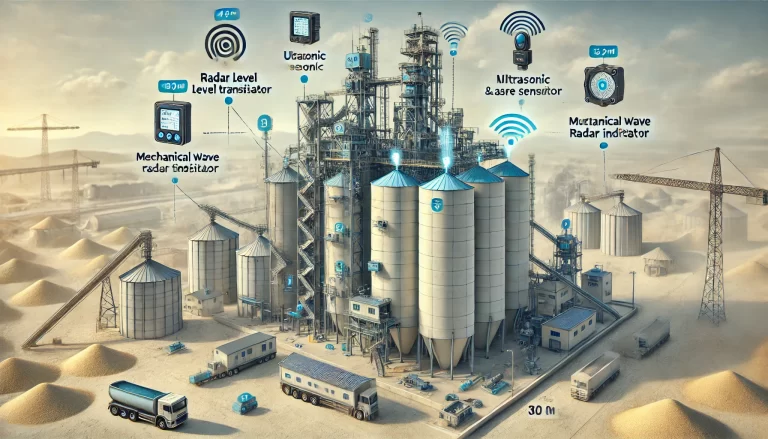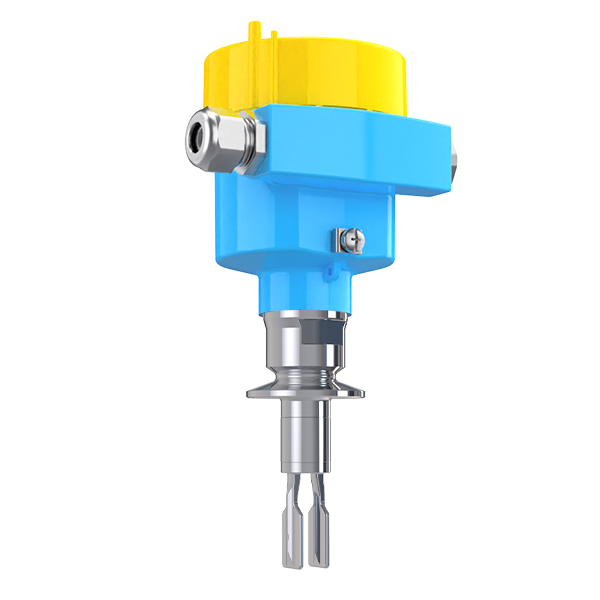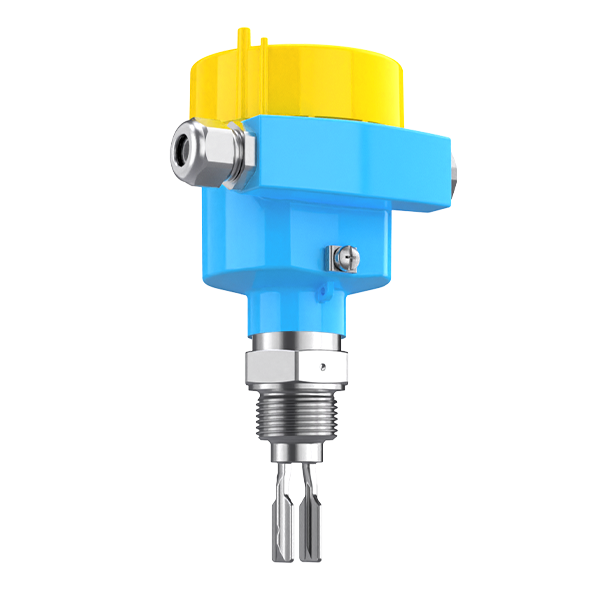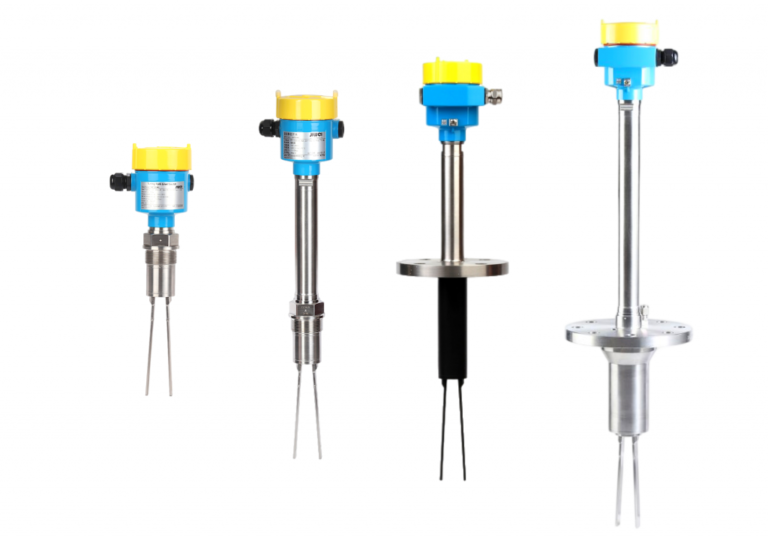Introduction
Rice husk ash (RHA) is a byproduct of rice milling that results from the combustion of rice husks. Typically, RHA appears as a light gray or white ash with a fine, loose texture. It is rich in silica and contains other mineral components such as calcium, potassium, magnesium, and iron. Due to its composition and physical properties, RHA is widely used in agriculture, construction, and environmental management as an eco-friendly material. However, its unique characteristics pose challenges in measuring and managing its levels in storage silos and processing facilities.
Accurate measurement of RHA requires high-precision and stable level meters to ensure efficient material control in industrial processes. This article explores different level meter technologies, their advantages and limitations, and the challenges involved in RHA measurement. It also provides practical solutions and case studies to illustrate the best practices in this field.

Types of Level Meters for Rice Husk Ash Measurement
Level meters operate based on different physical principles to determine the material level in storage containers. The most commonly used types for RHA measurement include:
1. Radio Frequency Admittance Level Meter
Principle: This type of level meter works by detecting changes in capacitance when material comes into contact with the sensor. As the dielectric constant of the material varies, the electrical signal changes, allowing for precise measurement of the material level.
Advantages:
High precision and adaptability
Suitable for sticky and powdery materials like RHA
Can handle challenging environmental conditions
Limitations:
May require frequent calibration
Affected by extreme temperature and humidity changes

2. Tuning Fork Level Switch
Principle: A tuning fork sensor vibrates at a specific frequency when empty. When the material comes into contact with the fork, the vibration frequency changes, allowing the device to detect the level of the material.
Advantages:
Stable performance in dusty environments
Reliable and maintenance-free
Works well with fine particulate materials such as RHA
Limitations:
Less effective for very light materials due to low sensitivity
Not suitable for high-density bulk solids

3. Vibrating Rod Level Switch
Principle: This sensor detects material levels by measuring changes in the vibration frequency of a vibrating rod when covered by material.
Advantages:
Ideal for highly adhesive and free-flowing materials
Simple installation and operation
Suitable for fine and lightweight powders like RHA
Limitations:
May experience buildup due to material adhesion
Less accurate for large-scale storage silos

4. Rotary Paddle Level Switch
Principle: A rotating paddle blade is used to detect the presence of material. When material blocks the rotating motion, the change in resistance is used to determine the level.
Advantages:
Effective for bulk solid or powder level measurement
Cost-effective and easy to maintain
Suitable for low-density materials like RHA
Limitations:
Not suitable for very fine, highly aerated materials
Prone to mechanical wear over time
Comparison of Level Meters for RHA Measurement
| Type of Level Meter | Working Principle | Advantages | Limitations |
|---|---|---|---|
| RF Admittance Level Meter | Capacitance-based measurement | High accuracy, works well with fine powders | Requires frequent calibration |
| Tuning Fork Level Switch | Vibration frequency change detection | Reliable, maintenance-free | Less effective for very lightweight materials |
| Vibrating Rod Level Switch | Changes in vibration frequency | Ideal for adhesive and free-flowing materials | May experience material buildup |
| Rotary Paddle Level Switch | Resistance change in rotating paddle | Cost-effective, easy to maintain | Prone to wear, less suitable for aerated materials |

Challenges in Measuring Rice Husk Ash Levels and Solutions
1. Low Density and High Flowability
RHA is a lightweight, highly aerated material that can easily be disturbed by airflow, leading to fluctuations in measurement readings.
Solution: Use RF admittance level meters or tuning fork level switches that rely on dielectric constant changes or vibration frequency to achieve stable measurements.
2. Variation in Material Density
RHA density can change due to environmental factors such as temperature and humidity, affecting the accuracy of level readings.
Solution: Utilize level meters with temperature and humidity compensation features to maintain measurement precision under varying conditions.
3. Material Buildup and Adhesion
Due to static electricity and moisture, RHA can stick to sensor surfaces, leading to inaccurate measurements over time.
Solution: Implement self-cleaning level meters and schedule regular maintenance to prevent material accumulation.

Case Study: Optimizing RHA Measurement in an Industrial Silo
Background:
A rice milling plant in Southeast Asia was facing challenges in accurately measuring the level of RHA in their silos. The primary issues included inconsistent level readings due to material aeration, density fluctuations, and material buildup on sensor surfaces.
Solution Implemented:
Upgraded from rotary paddle level switches to RF admittance level meters, improving accuracy and reducing sensor clogging issues.
Integrated temperature and humidity sensors to adjust for environmental variations affecting density.
Installed automated air purging systems to keep sensor surfaces clean and free from material buildup.
Results:
Measurement accuracy improved by 30%
Reduced maintenance costs by 20% due to lower sensor cleaning requirements
Improved real-time monitoring allowed for better inventory management

Conclusion
As RHA continues to gain importance as an eco-friendly material, the ability to accurately measure and control its levels in storage facilities and processing units is crucial. Various level meter technologies—such as RF admittance, tuning fork, vibrating rod, and rotary paddle level switches—offer solutions to the challenges of measuring RHA.
By implementing appropriate level meter technologies, integrating environmental compensation features, and ensuring proper maintenance, industries can achieve higher accuracy, reduced operational costs, and improved material management efficiency. Future advancements in level sensing technology will further enhance the precision and reliability of RHA measurements, supporting sustainable and efficient industrial practices.
